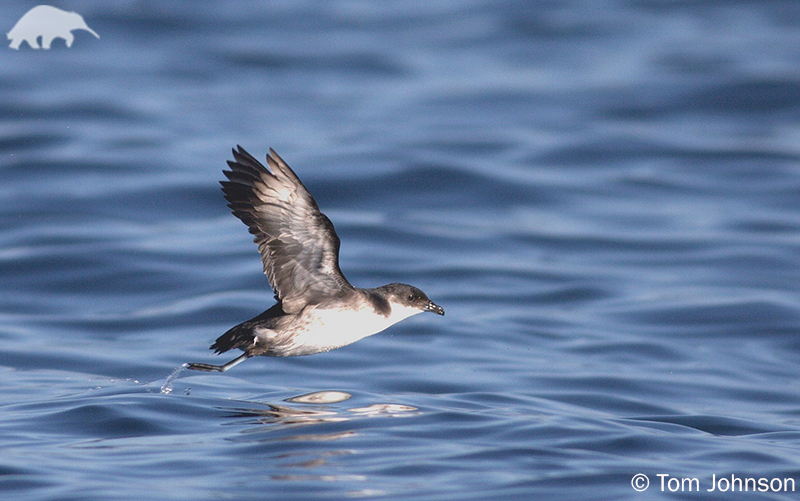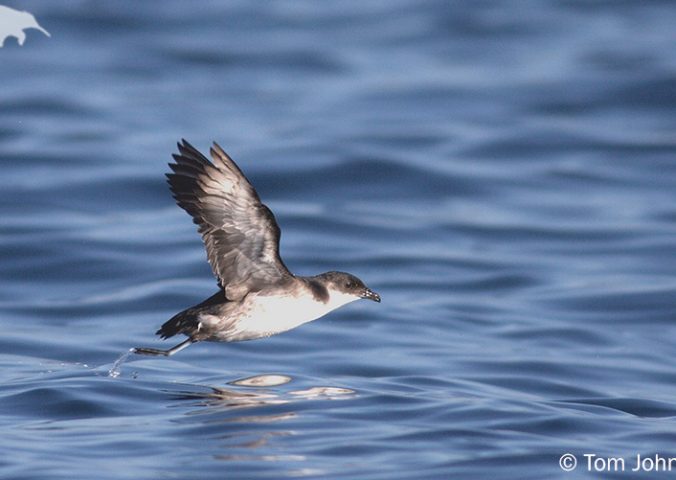About
The Peruvian Diving-petrel flies just above the water surface and often travel straight through waves.
Their deepest recorded dive underwater was 83 metres, and their average diving depth is 30 metres. This black and white bird is only found on a small number of islands along the pacific coast of Chile, Peru and Ecuador where they live in deep burrows. The range and population size of the Peruvian diving-petrel has decreased as a result of a number of threats, primarily guano extraction; the accumulated excrement of seabirds, seals or cave dwelling bats for fertiliser. This pressure led to nests being destroyed, introduced species such as foxes and feral cats, and also the direct hunting of the Peruvian diving-petrel by the guano workers. All current colonies are within protected areas, with those located on La Vieja having trained guards. In 2009, 22 guano islands, 11 peninsulas and adjacent waters covering 140,000 ha were protected in Peru. The Peruvian diving-petrel is in the Pelecanoididae, a taxonomic family that only contains three other species and dates back to 45.8 million years ago.
- Order: Procellariiformes
- Family: Procellariidae
- Population: Unknown
- Trend: decreasing
- Size: 22cm
EDGE Score
Distribution
This species is found on offshore islands along the Pacific coast of Peru and Chile.
Habitat and Ecology
This species inhabit offshore islands along the pacific coast of South America. When on land the Peruvian Diving-petrel lives in large colonies often excavating holes in thick guano, sandy soils or even using natural rock-crevices for nesting. Breeding has been recorded throughout the year, but it appears that there are two main breeding seasons with some individuals breeding twice annually. A pair will lay a single egg which will then be incubated for 9-10 weeks. Hatchlings are fed by both parents and fledge after approximately 60 days. They feed on small crustaceans and small fish, and due to the variance in food availability this bird is an opportunistic feeder.

